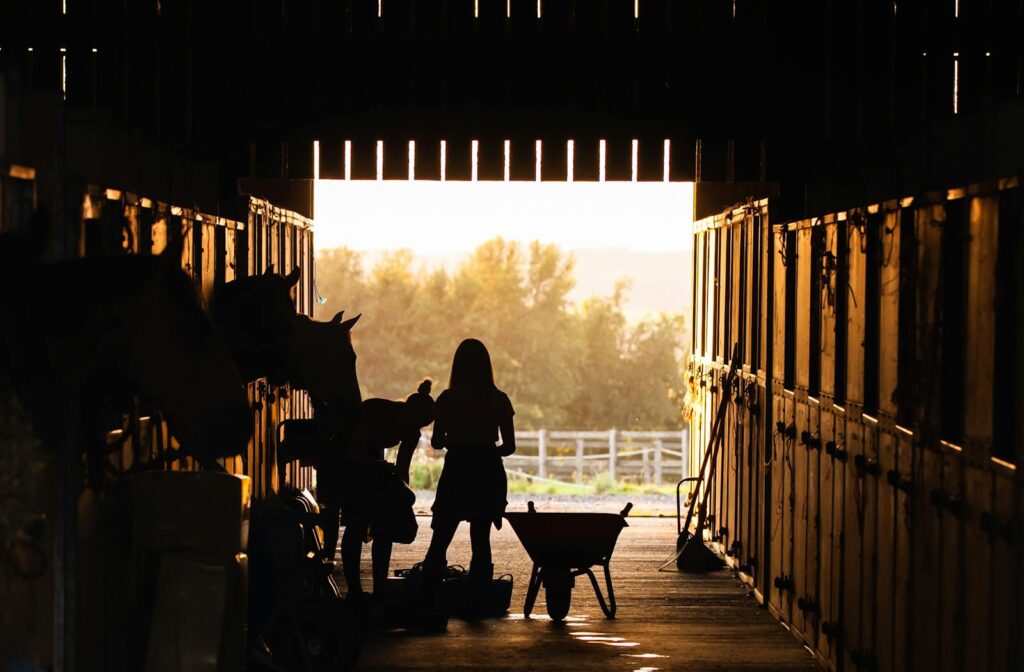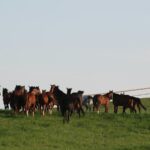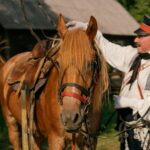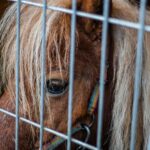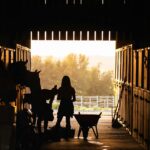In the realm of agriculture, horses have been steadfast companions to farmers for centuries. While modern machinery has revolutionized farming practices, many agricultural operations still benefit from equine assistance—especially on small-scale farms, rugged terrains, or in situations where sustainable farming practices are prioritized. The right horse breed can make all the difference in farm productivity, offering strength for heavy pulling tasks, agility for herding livestock, and endurance for long workdays. This article explores the most versatile horse breeds that excel in various farm tasks, helping farmers make informed decisions when selecting equine partners for their agricultural endeavors.
American Quarter Horse
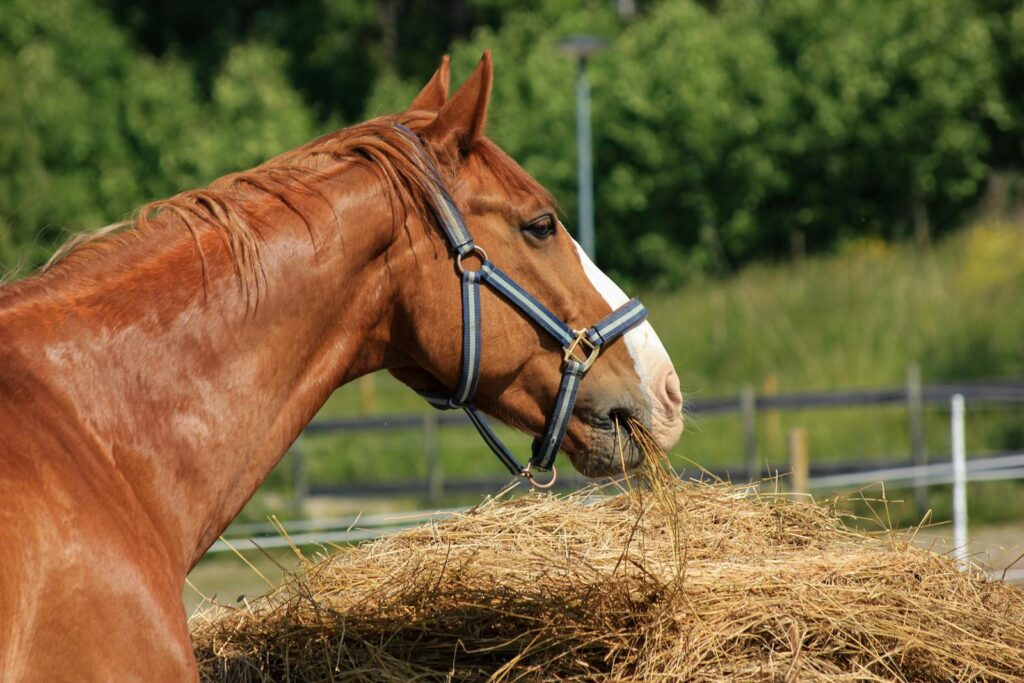
The American Quarter Horse stands as perhaps the most versatile farm horse in North America, combining strength, agility, and an exceptionally calm temperament. These horses earned their name from their unparalleled speed in quarter-mile races, but their value on farms extends far beyond speed alone. Their muscular hindquarters provide the power needed for pulling equipment or hauling heavy loads, while their responsive nature makes them ideal for cattle work and other livestock management tasks. American Quarter Horses typically stand 14.3 to 16 hands high and weigh between 950 and 1,200 pounds, offering a comfortable size for most farm work without being overly cumbersome. Their innate “cow sense” makes them particularly valuable on ranches, where they instinctively understand how to move and contain cattle efficiently.
Belgian Draft Horse
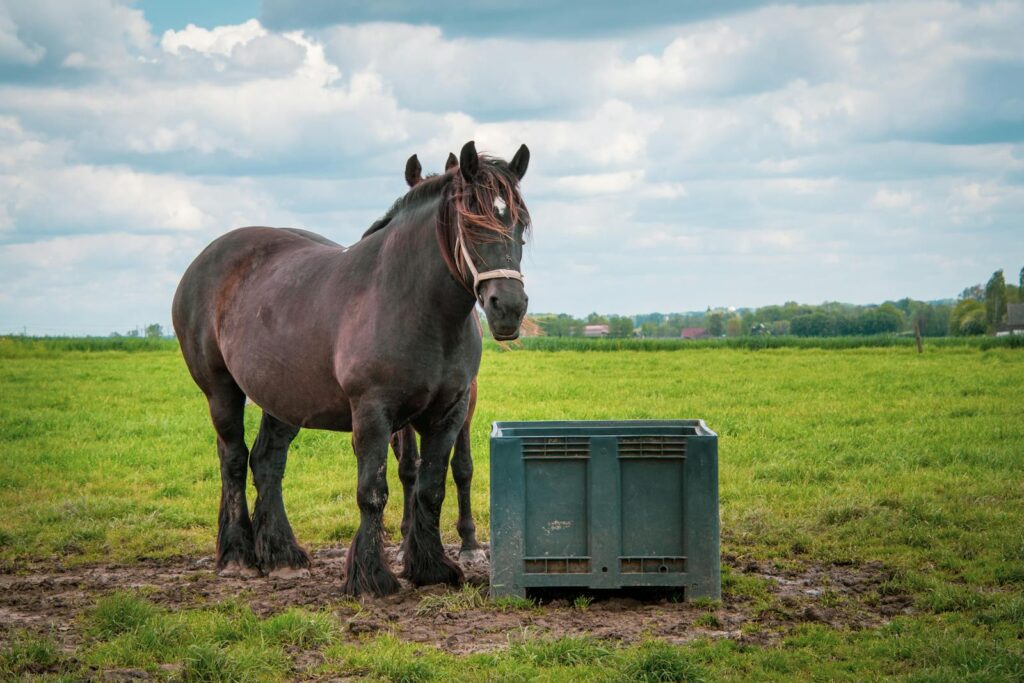
When raw power is required for the heaviest farm tasks, the Belgian Draft Horse stands as an unrivaled choice. Originally bred in the fertile lowlands of Belgium, these gentle giants typically weigh between 1,800 and 2,200 pounds and stand 16 to 18 hands high, making them one of the most powerful horse breeds in the world. Their broad chests, muscular shoulders, and sturdy legs provide the strength needed for pulling plows, logging, or moving heavy equipment through challenging terrain. Despite their imposing size, Belgians are known for their docile, willing temperament and surprising energy efficiency—they consume less feed relative to their work output compared to some smaller draft breeds. Many sustainable farmers appreciate their combination of immense strength and reduced environmental impact compared to fossil fuel-powered equipment.
Percheron
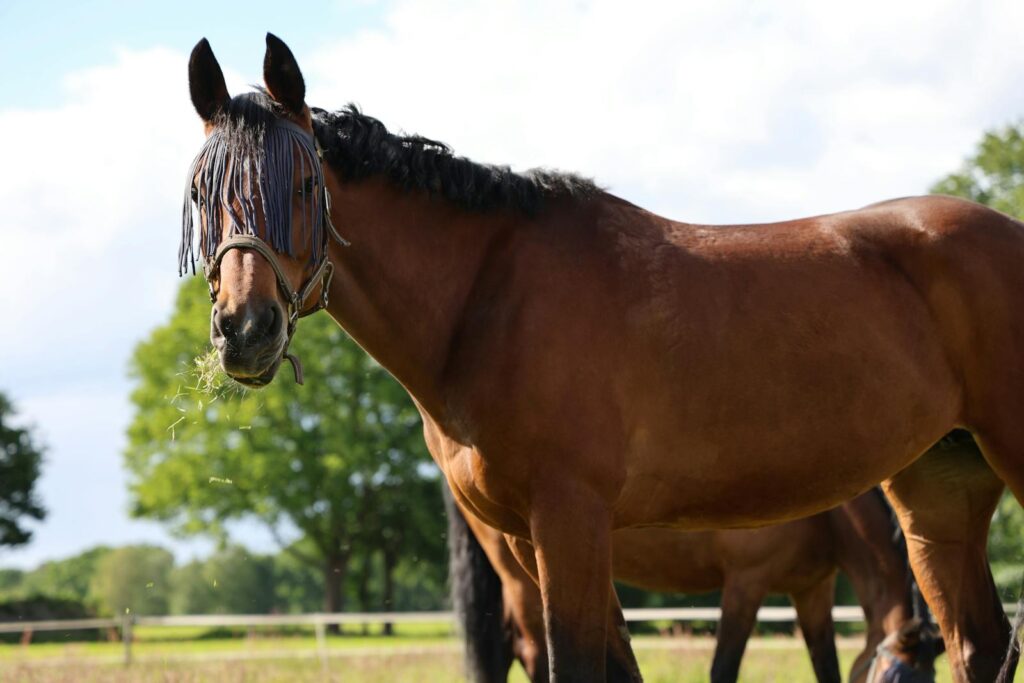
The Percheron represents an excellent middle ground in the draft horse world, combining impressive strength with greater agility than some of their larger counterparts. Originating from the Perche region of France, these horses typically stand 16 to 17 hands high and weigh between 1,900 and 2,100 pounds. They feature a distinctive slightly arched neck and alert expression. Their clean legs and relatively lighter build (compared to other draft breeds) make them more versatile across various farm applications, from fieldwork to forests and even light riding duties. Percherons are renowned for their intelligence and willingness to work, learning commands quickly, and demonstrating patience during long workdays. Their endurance in challenging conditions stems from their development in the variable climate of northern France, making them suitable for farms in diverse geographical regions.
Morgan Horse
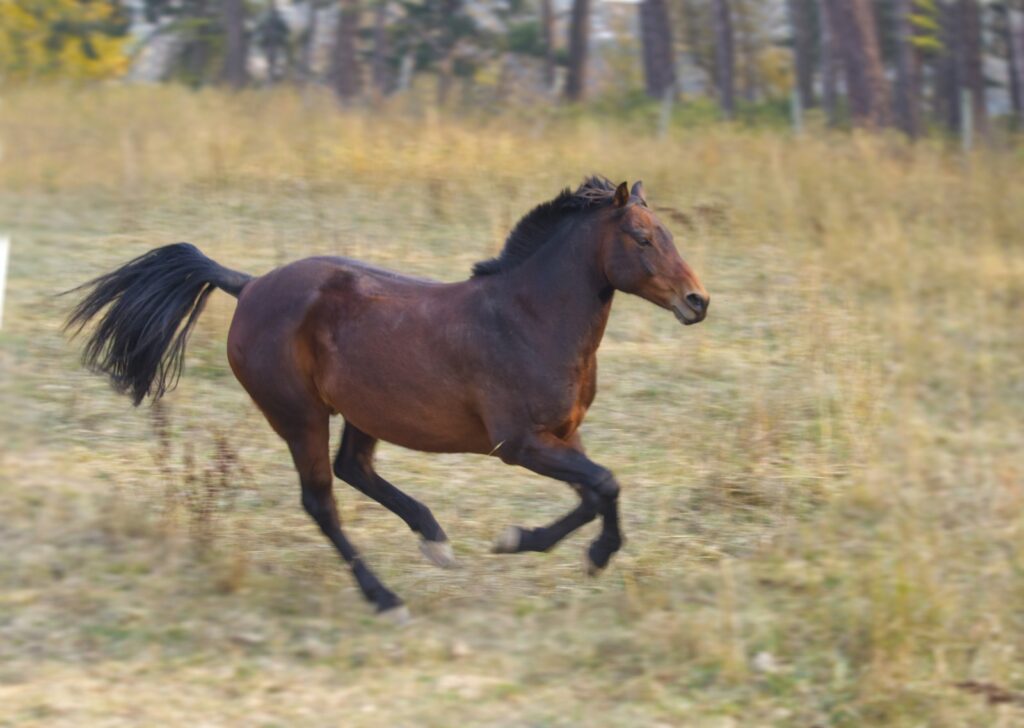
The Morgan horse exemplifies the concept of a true all-around farm companion, capable of transitioning from pulling equipment to riding duties with remarkable adaptability. Descended from a single foundation sire named Justin Morgan in the late 18th century, these horses typically stand 14.1 to 15.2 hands high and possess an exceptionally strong build relative to their size. Their compact, muscular bodies generate surprising power, allowing them to pull loads that might challenge larger horses, while their balanced conformation makes them comfortable riding mounts for checking fence lines or moving between fields. Morgans are celebrated for their exceptional intelligence, willing attitude, and notable endurance—attributes that have made them favorites on American family farms for generations. Their economical maintenance requirements, including efficient feed conversion and hardy constitutions, make them practical choices for working farms with limited resources.
Suffolk Punch
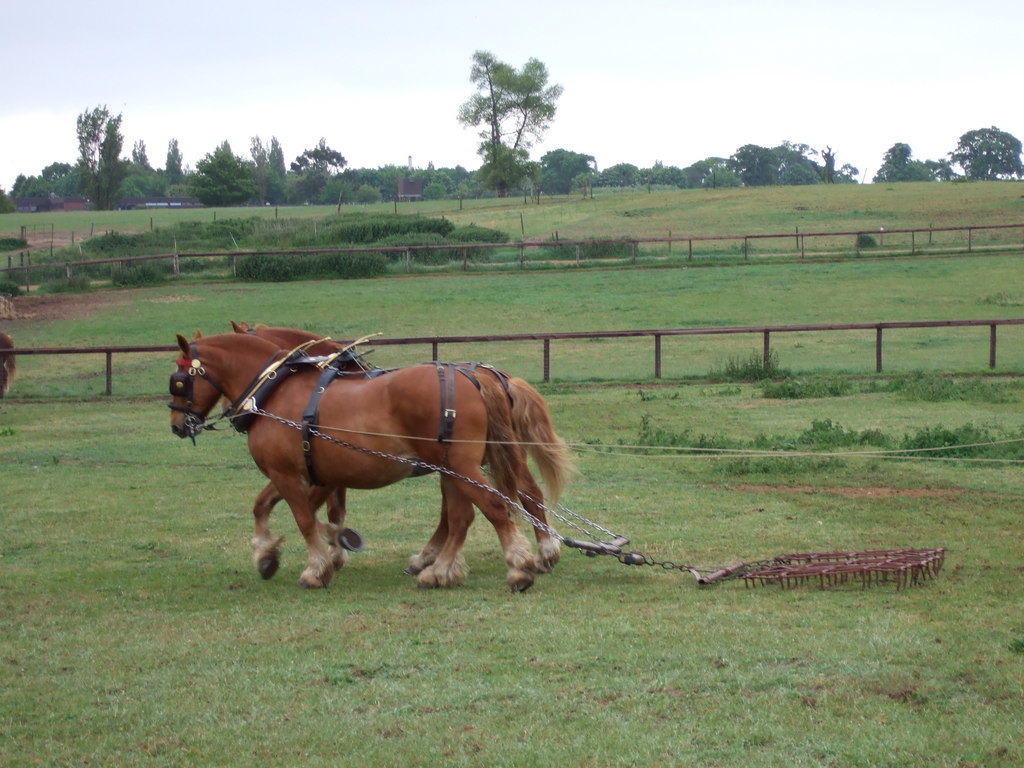
The Suffolk Punch is one of the oldest and most purpose-specific farm horse breeds, developed exclusively for agricultural work in eastern England. These horses are instantly recognizable by their uniformly chestnut coloring (locally called “sorrel”), substantial bone structure, and relatively short legs that contribute to impressive pulling leverage. Standing 16 to 17 hands high and weighing 1,900 to 2,200 pounds, Suffolk Punches are known for their clean legs, free of the heavy feathering common in other draft breeds, making them less susceptible to skin conditions in wet working environments. Their docile temperament combines with a strong work ethic, and many farmers note their ability to maintain a steady pace throughout long workdays without frequent breaks. Sadly, the Suffolk Punch has become critically endangered, with fewer than 500 purebred individuals remaining worldwide, making their preservation vital to maintaining genetic diversity among working farm horses.
Haflinger
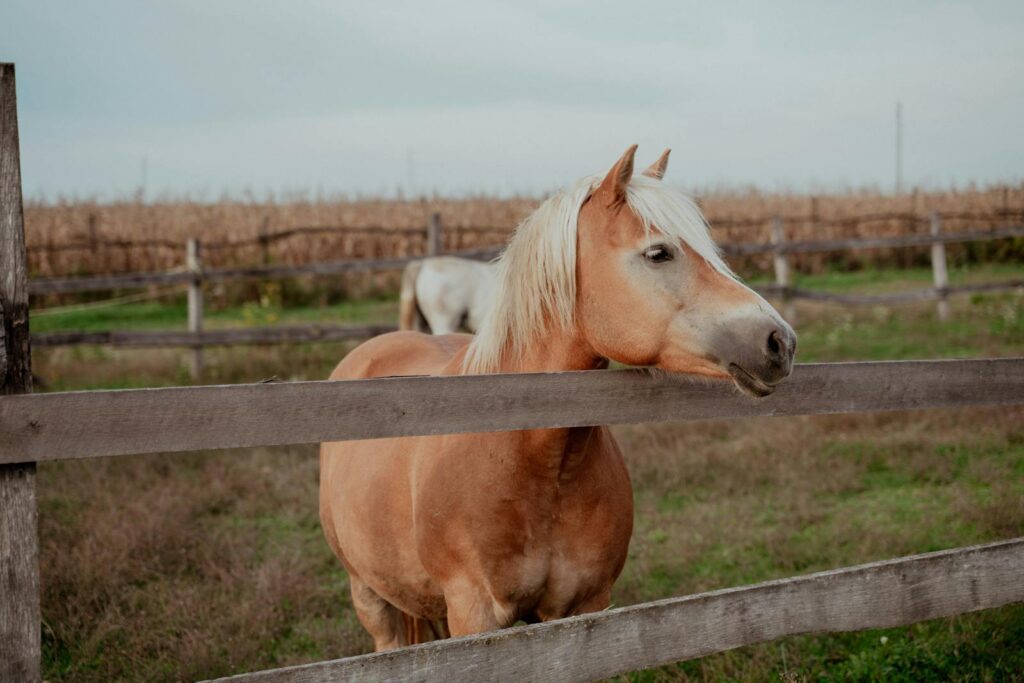
The Haflinger is an excellent option for small to medium-sized farms seeking a compact yet capable working horse. Developed in the mountainous regions of Austria and northern Italy, these distinctive golden chestnut horses with flaxen manes and tails typically stand just 13.2 to 15 hands high but maintain an impressively muscular build. Their smaller stature makes them economical to feed and house, while still providing ample strength for pulling carts, light plowing, and managing most farm tasks short of the heaviest fieldwork. Haflingers excel in hilly or mountainous terrain due to their sure-footedness and a strong sense of self-preservation developed in their Alpine homeland. Their intelligence and people-oriented personalities make them exceptionally trainable, and their hardiness and natural health make them low-maintenance farm partners—ideal for operations with limited veterinary resources.
Norwegian Fjord
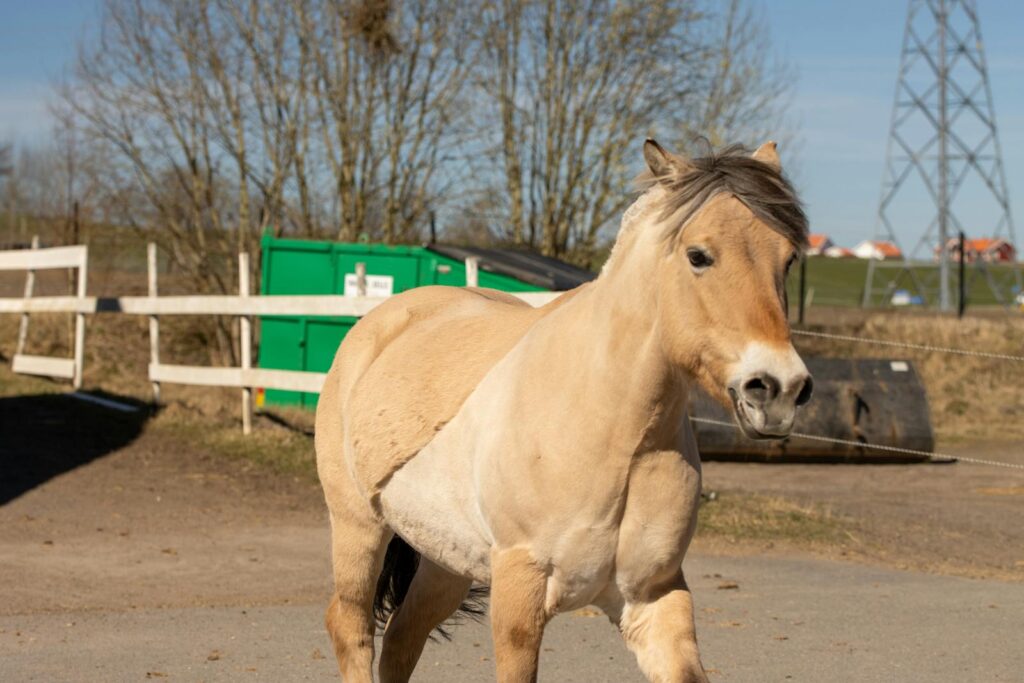
The Norwegian Fjord is among the world’s oldest and purest horse breeds, having remained largely unchanged for over 4,000 years. They have developed exceptional adaptability to demanding farm work. Easily recognized by their dun coloring with primitive markings and their unique “crinkle-cut” mane (traditionally trimmed to stand upright), Fjords typically stand 13.2 to 14.2 hands high and possess extraordinarily strong backs and legs for their size. Their balanced strength distribution allows them to work effectively on steep hillsides and rough terrain where larger horses might struggle with stability. Fjord horses are remarkably versatile—capable of pulling farm implements, packing supplies, or providing comfortable rides for farm inspection. Their calm temperament and sound judgment make them particularly suitable for farms where multiple family members, including children or less experienced handlers, might need to work with the horses regularly.
Gypsy Vanner
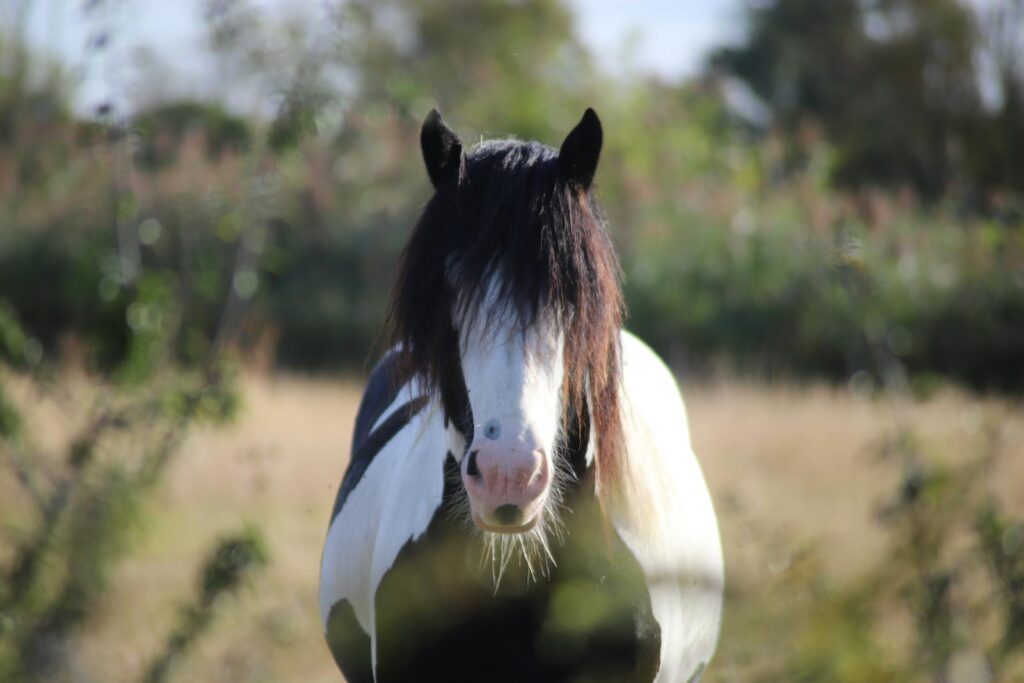
The Gypsy Vanner offers a compelling blend of draft strength in a mid-sized package, making them increasingly popular on modern family farms. Originally bred by Romani travelers in the British Isles to pull vardos (living wagons), these striking horses are known for their abundant leg feathering, flowing manes and tails, and often flashy pinto coat patterns. Standing 14 to 15.2 hands high, Gypsy Vanners possess substantial bone structure and muscling that provides pulling power beyond what their height might suggest. Their calm, people-oriented temperament makes them ideal for farms where horses must work near children or other animals. They demonstrate remarkable adaptability, easily transitioning from pulling implements to working cattle or even jumping, though their feathered legs do require additional grooming in muddy conditions.
Shire Horse
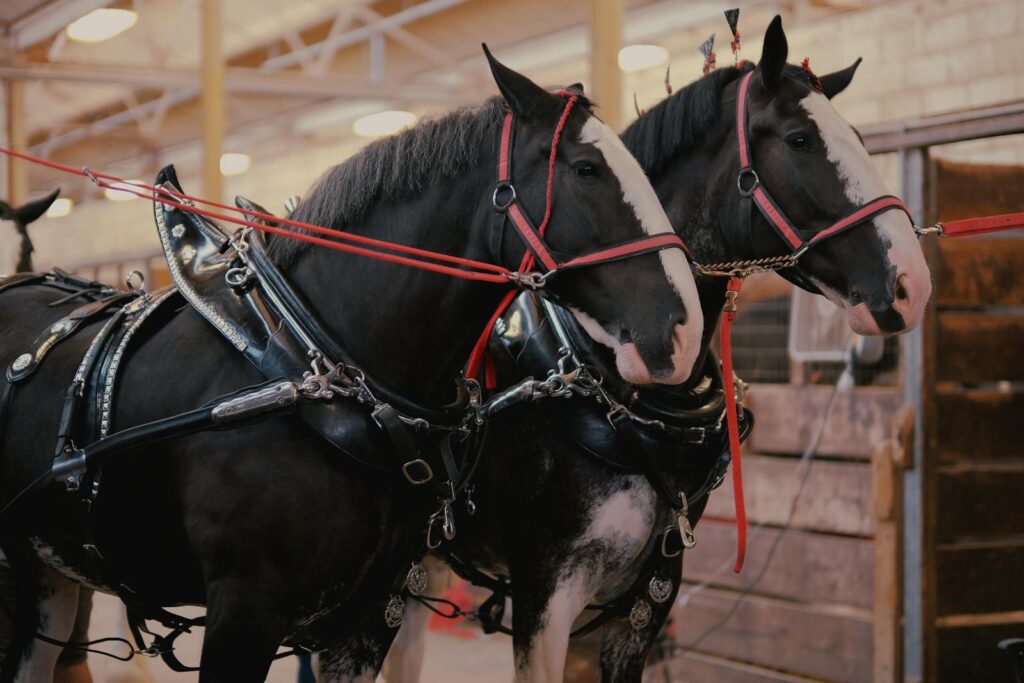
The Shire horse represents the epitome of draft power, holding records as the tallest and among the strongest of all horse breeds, making them unparalleled for the most demanding farm tasks. These gentle giants typically stand 17 to 19 hands high (occasionally even taller) and can weigh up to 2,400 pounds, with distinctive feathering on their legs and often black, bay, or gray coloration. Despite their enormous size, Shires move with surprising grace and possess a docile temperament that makes them safer to handle than their imposing stature might suggest. Their immense strength enables a single Shire to pull loads that might require two horses of other breeds, making them particularly economical for heavy fieldwork or logging operations. Historically vital to British agriculture, these horses experienced severe population decline with mechanization but have found renewed appreciation among sustainable farmers seeking efficient, environmentally friendly power sources for their operations.
Clydesdale
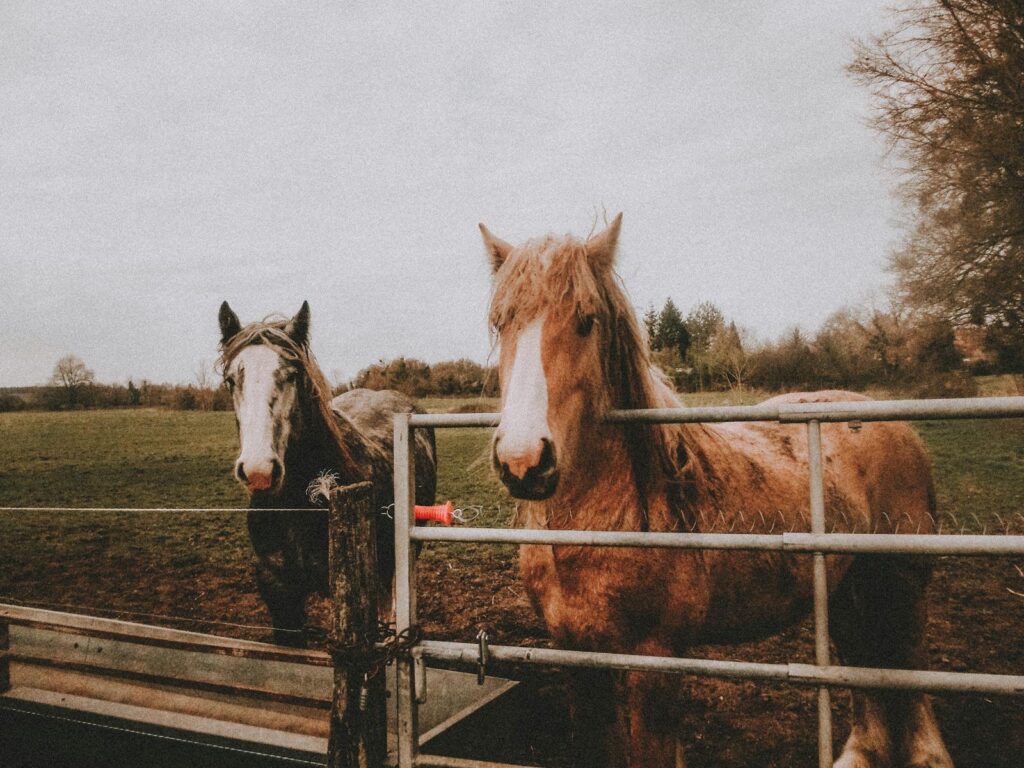
The Clydesdale horse combines substantial strength with flashy movement and visual appeal, making them both functional farm workers and standout representatives of traditional horsepower. Originating from Scotland’s Clyde Valley, these horses stand 16.2 to 18 hands tall and weigh 1,800 to 2,000 pounds. They are known for their dramatic leg feathering and bold white markings. Their energetic yet manageable temperament makes them suitable for farms with public-facing roles, such as agritourism. Clydesdales lift their feet higher than many other draft breeds, which helps when navigating rough or uneven ground. While slightly less massive than Shires, their athleticism and animated movement make them versatile for pulling, driving, or even riding work.
Ardennes Horse
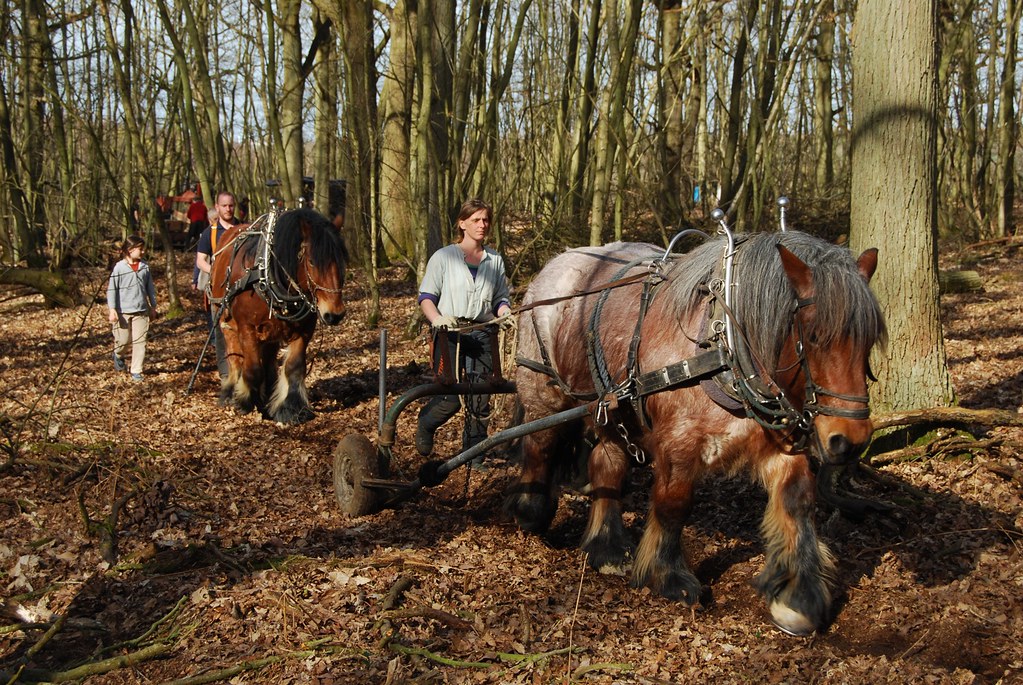
The Ardennes horse represents one of the oldest draft breeds in the world, with documentation dating back to Ancient Rome, resulting in exceptional hardiness and working efficiency ideal for sustainable farming practices. Named after the Ardennes region spanning Belgium, Luxembourg, and France, these compact yet powerful horses typically stand 15.3 to 16.3 hands high while weighing 1,500 to 2,000 pounds, featuring minimal feathering and often chestnut, bay, or roan coloration. Their blocky, muscular build provides tremendous pulling power from a frame more compact than many other draft breeds, making them more maneuverable in tight farm spaces and less expensive to feed and maintain. Ardennes horses are celebrated for their cold-hardiness, stamina, and ability to thrive on minimal rations while maintaining good working condition—attributes developed through centuries of working in the challenging mountainous terrain of their homeland. Their calm, stoic temperament enables them to work steadily through distractions or adverse conditions that might fluster more reactive breeds.
Friesian Horse
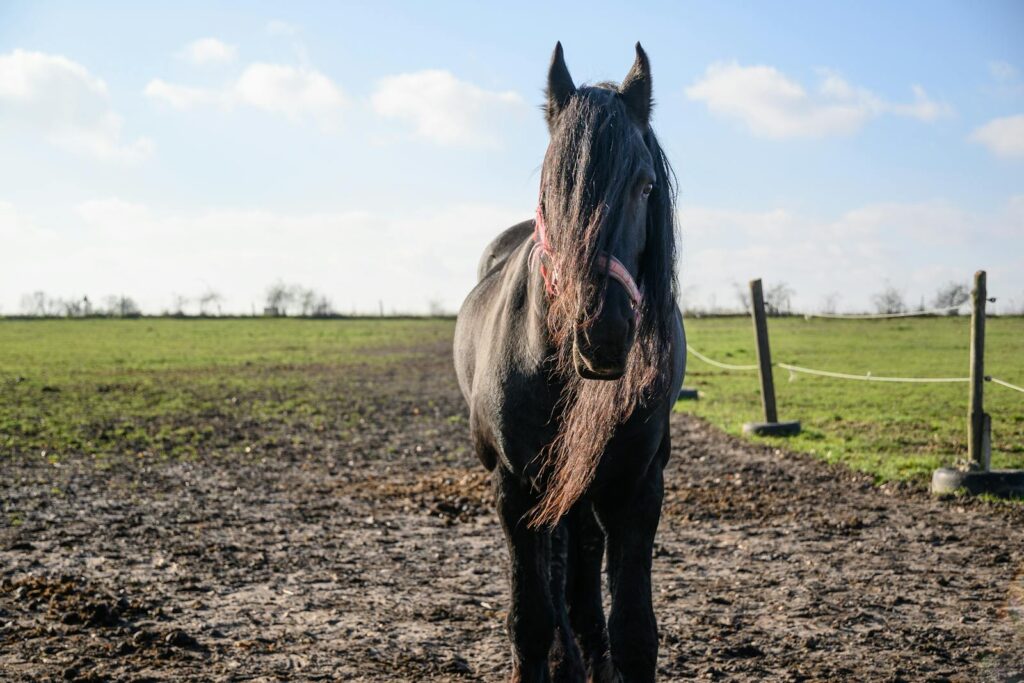
The Friesian horse offers a unique combination of draft horse strength and carriage horse refinement, making them versatile performers on farms requiring both power and elegance. Instantly recognizable by their uniformly black coloration, abundant mane and tail, and feathered legs, Friesians typically stand 15.3 to 17 hands high with powerful arched necks and substantial bone structure. Originally developed in the Netherlands for both farm work and carriage driving, these horses possess the strength for moderate pulling tasks while maintaining the athletic ability for riding and more refined work. Their high intelligence and willingness to please make them exceptionally trainable for complex farm tasks that require both physical capability and mental engagement. While not suitable for the heaviest draft work, Friesians excel in operations where horses must perform multiple roles, including farm work, transportation, and potentially representing the farm in public demonstrations or events.
Selecting the Right Farm Horse for Your Needs
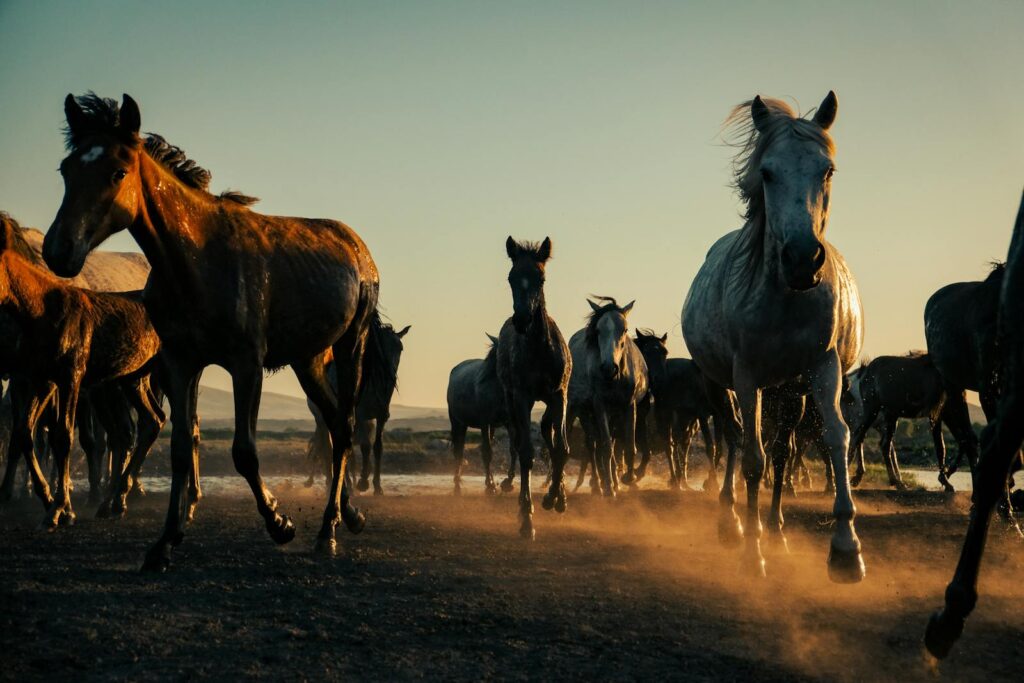
When choosing a horse breed for farm work, carefully assess your specific agricultural needs rather than relying on breed popularity or aesthetics. Consider the primary tasks your horse will perform—heavy fieldwork demands a different type than livestock management or light-duty pulling. The physical environment of your farm also plays a critical role; rocky or mountainous terrain favors sure-footed, compact breeds, while open plains can accommodate larger draft horses. Your experience level and handling capabilities should also factor into the decision, as even the gentlest draft breeds require skilled management due to their size. Lastly, practical concerns—such as feed requirements, housing space, available equipment, and access to local veterinary care—should all be evaluated before committing to a particular breed.
The ideal farm horse combines strength, temperament, intelligence, and efficiency, tailored to your unique agricultural setting. While machines dominate much of today’s farming landscape, well-chosen horse breeds continue to offer sustainable, flexible power—especially for small-scale, environmentally conscious, or heritage operations. Whether pulling plows, managing livestock, or providing transportation, these versatile breeds remain invaluable partners in modern farming. By aligning your farm’s needs with a breed’s strengths, you’ll gain not only a capable worker but a lasting and meaningful partnership that supports both productivity and sustainability.

